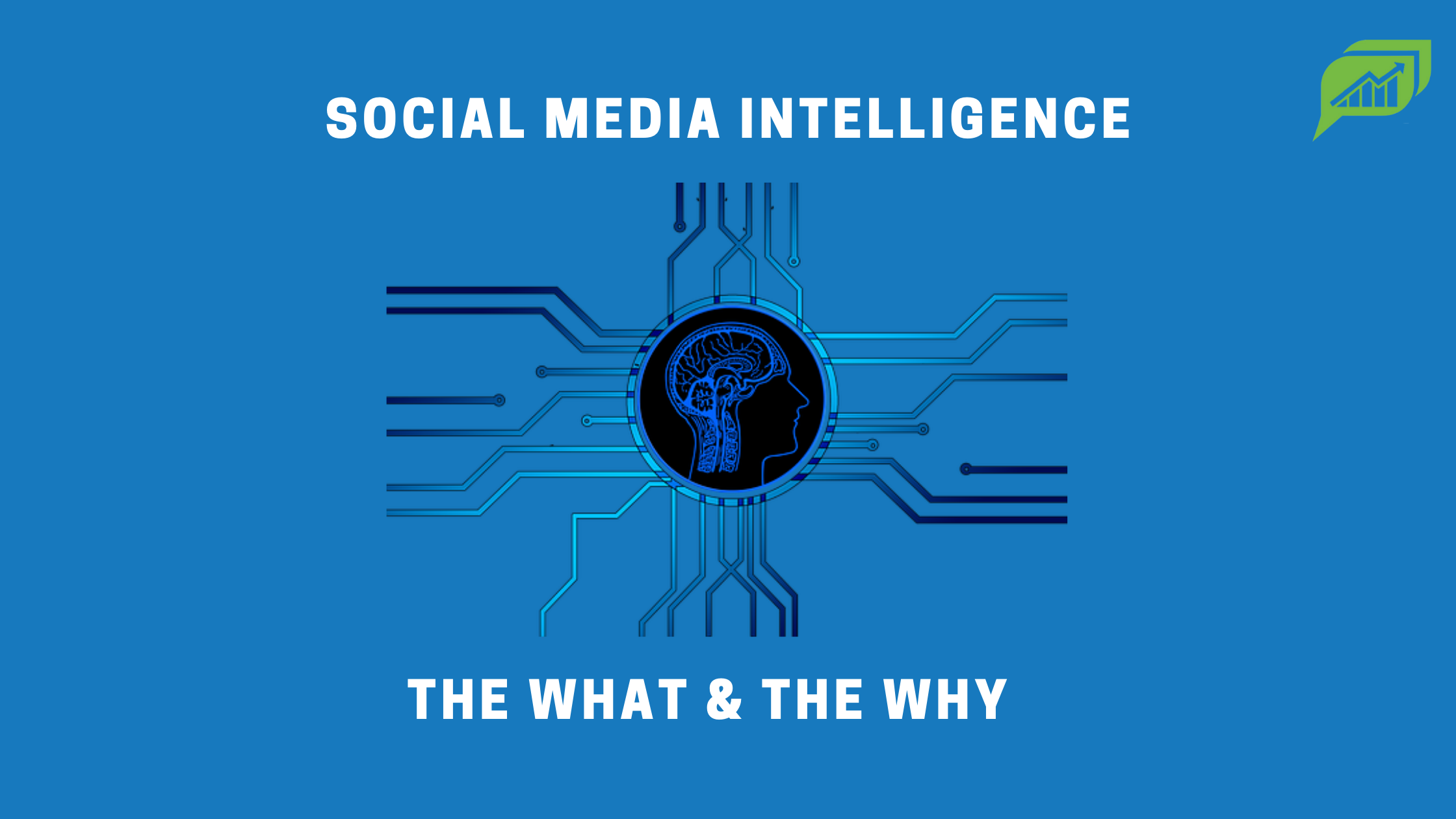Social media intelligence as a term was first used by David Omand, Jamie Bartlett, and Carl Miller in a 2012 paper for the Centre for the Analysis of Social Media (CASM). The paper discussed how social media intelligence is an extension of social media listening and monitoring, and stressed upon the importance of intelligence in social media. This importance has only grown today for organizations to use social data in an efficient manner.
Table of Contents
What is social media intelligence?
Social media intelligence (often abbreviated to SMI or SOCMINT) refers to the methods, tools, and tech solutions used to monitor conversations on social media to understand customer behavior, needs, and other factors. The data or intelligence thus gathered is then analyzed in order to create relevant content. It also tracks emerging trends and helps businesses take important decisions on digital marketing and more. SMI has been gaining popularity with brands all over the world due to the many advantages it offers. The sheer number of people it gives access to can perhaps be considered as the biggest advantage here. After all, there were more than 3.6 billion social media users worldwide in 2020 and this number is expected to reach 4.41 billion by the year 2025.
Is social media intelligence the same as social listening?
While these two terms sound similar and confusing, social listening is just a part of social intelligence. To put it simply, SMI is significantly more involved than the usual social media listening. Just collecting data from social media is not social intelligence. When actionable insights are derived or extracted out of the data and then presented in a meaningful way, it becomes social media intelligence. An example can be acting upon the wants and needs of customers rather than simply listening to what they are saying on social media platforms.
Why do brands need social media intelligence?
Marketing has evolved over the years, and the digital marketing of today is a far cry from the traditional modes such as salespeople visiting consumers in person and convincing them to buy a product. These days, resonating with the audience and building a relationship with them has become vital. This is where social media comes in. If you as a brand do not use SMI, you are not effectively leveraging the power of all the data from social media monitoring or listening. Let’s take a look at a few of the benefits that a brand can get by using social media listening and monitoring:
Track your campaign success
SMI helps you track brand equity and understand whether or not your marketing campaigns are successful. This works by accurately finding what particular attributes of a campaign is connecting with the audience and increasing sales, and what is bringing the numbers down – thus helping you strategize accordingly. This goes much beyond simply counting the likes and shares on your social media posts.
Accelerate market research and business growth
The use of social media intelligence tools means that you can do away with time-consuming and expensive methods like surveys or focus groups. This lets you successfully detect various insights including consumer preferences and emerging trends in the field that you can leverage. You can even anticipate upcoming consumer demands and shape your business plan in advance keeping in mind areas for potential growth.
Understand your customers and track their behaviour
Do not undermine customers since they are well-informed, smart, and choosy about the products and services they buy. This is also because of the huge number of options available in the current times for almost every kind of product. Insights from SMI can help you find loyal customers, their buying habits, what they actually want, what do they feel is lacking in their products, and future preferences. Above all, you can find what binds your customer tribe together and use that in your digital marketing strategy.
Keep your brand reputation protected
With the right social media intelligence tools, your communication and PR team can monitor public perception of your brand while keeping an eye out for any potential social media crisis. Even a single negative tweet can snowball into a crisis, so paying attention and nipping things in the bud is extremely important. A tip here is to establish a social crisis strategy in advance so that you can work on restoring your hard-earned brand reputation the minute controversy strikes.
Be aware of the competition
Monitoring your competitors is crucial if you want to beat them and stay on top of industry trends. Using SMI helps you find the areas in which others are doing or not doing well, and this insight can then be used to improve your own marketing strategies.
Tips to use social media intelligence
There are numerous tools and software available for SMI, and you can choose from them based on factors like price, features, and scale. This is an important process that requires time and research, so another alternative is to consult social intelligence organizations such as Germin8 that can help you with the best-suited, customized solutions. Expertise in online reputation management (ORM) and the use of various research methods equips such companies to help you connect better with your audience, develop products suited to customers’ requirement, and offer optimised customer service.
Conclusion
As a business, it ultimately all boils down to increasing growth and revenue. This is exactly why social media intelligence is the need of the hour for brands in this digital age. On top of everything, SMI is quite a cost-effective tool to accelerate success for businesses. Research-backed strategy by social intelligence companies can help brands use this marketing tool in the most optimum manner since the analysis part is key here.
Learn how Germin8 can help you leverage Social Media Intelligence
Social Media Listening Services Using Social Listening to Become a Customer-centric Brand Ways To Grow Your B2C Brand Using Social Media Listening

